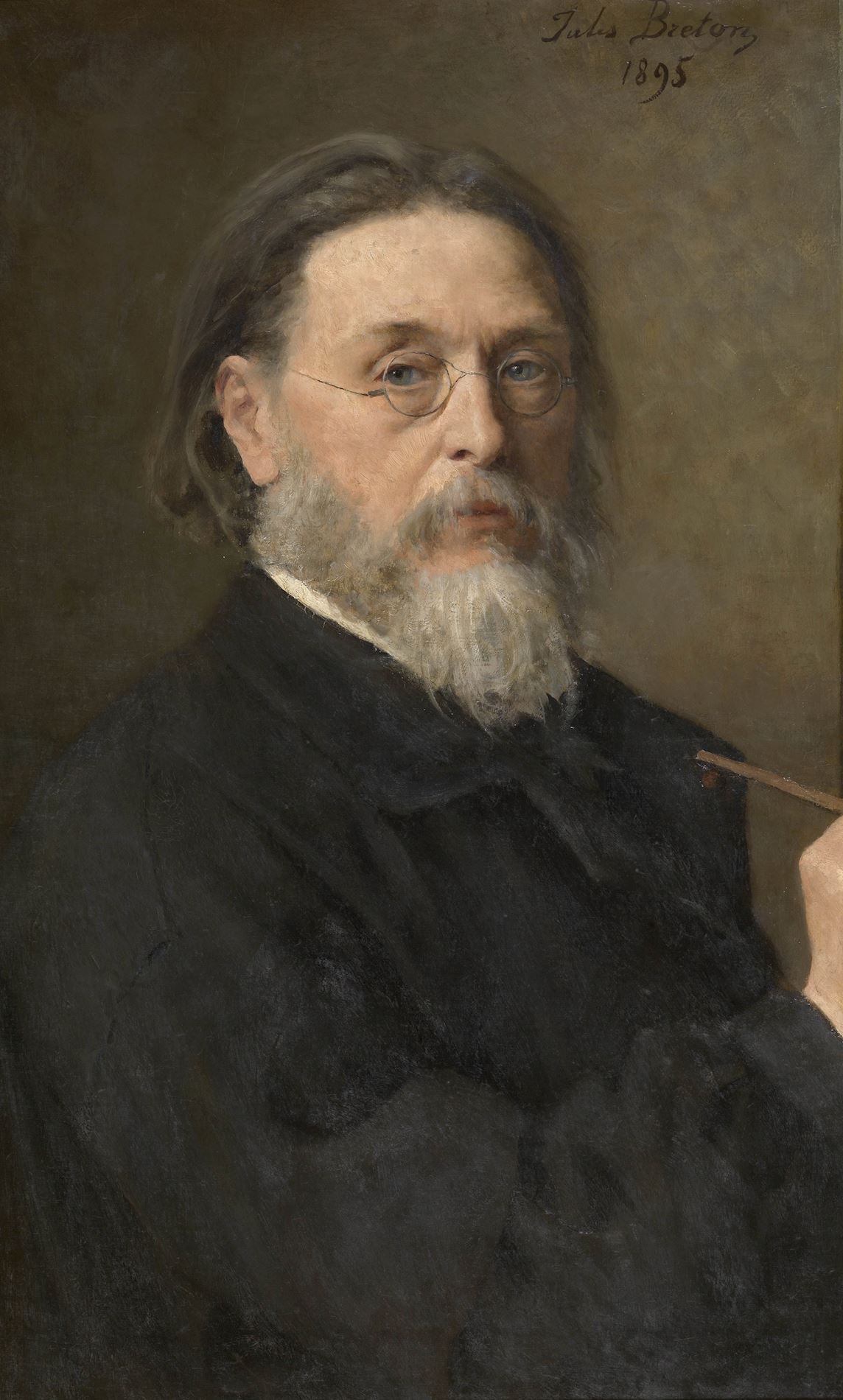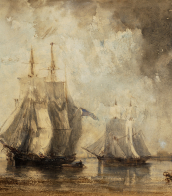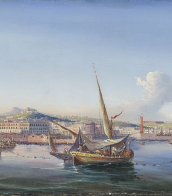Jules Adolphe Breton (1827 - 1906) — Auction price

Jules Adolphe Breton was a French artist celebrated for his realistic portrayals of peasant life in 19th-century France. His work, deeply influenced by the rural landscapes and traditions of Artois, reflects a bygone era increasingly threatened by industrialization. Notable for capturing the dignity and toil of peasants, Breton's paintings like "The Gleaners" and "The Blessing of the Wheat" earned accolades for their heartfelt depiction of rural customs and their socio-economic undertones, particularly during a period when the rights of the rural poor were heavily debated.
Jules Breton's artistic merit extended beyond painting; he authored several books and volumes of poetry that provide insights into his life and the era's art scene. His notable works such as "The Song of the Lark" and "The End of the Day" are housed in prestigious institutions like the Art Institute of Chicago, demonstrating his posthumous recognition. This piece, in particular, was famously declared a favorite by Eleanor Roosevelt at the 1934 Chicago World's Fair, marking a peak in his acclaim.
For art collectors and experts, Jules Breton's oeuvre offers a poignant glimpse into 19th-century rural France, preserved through his exceptional skill and emotional depth. His works not only depict the daily lives of peasants but also resonate with broader themes of tradition and change, making them significant both historically and artistically.
For updates on exhibitions and sales of Jules Adolphe Breton's works, consider signing up for relevant newsletters. This ensures you remain informed about opportunities to acquire pieces by this distinguished painter.


Jules Adolphe Breton was a French artist celebrated for his realistic portrayals of peasant life in 19th-century France. His work, deeply influenced by the rural landscapes and traditions of Artois, reflects a bygone era increasingly threatened by industrialization. Notable for capturing the dignity and toil of peasants, Breton's paintings like "The Gleaners" and "The Blessing of the Wheat" earned accolades for their heartfelt depiction of rural customs and their socio-economic undertones, particularly during a period when the rights of the rural poor were heavily debated.
Jules Breton's artistic merit extended beyond painting; he authored several books and volumes of poetry that provide insights into his life and the era's art scene. His notable works such as "The Song of the Lark" and "The End of the Day" are housed in prestigious institutions like the Art Institute of Chicago, demonstrating his posthumous recognition. This piece, in particular, was famously declared a favorite by Eleanor Roosevelt at the 1934 Chicago World's Fair, marking a peak in his acclaim.
For art collectors and experts, Jules Breton's oeuvre offers a poignant glimpse into 19th-century rural France, preserved through his exceptional skill and emotional depth. His works not only depict the daily lives of peasants but also resonate with broader themes of tradition and change, making them significant both historically and artistically.
For updates on exhibitions and sales of Jules Adolphe Breton's works, consider signing up for relevant newsletters. This ensures you remain informed about opportunities to acquire pieces by this distinguished painter.




